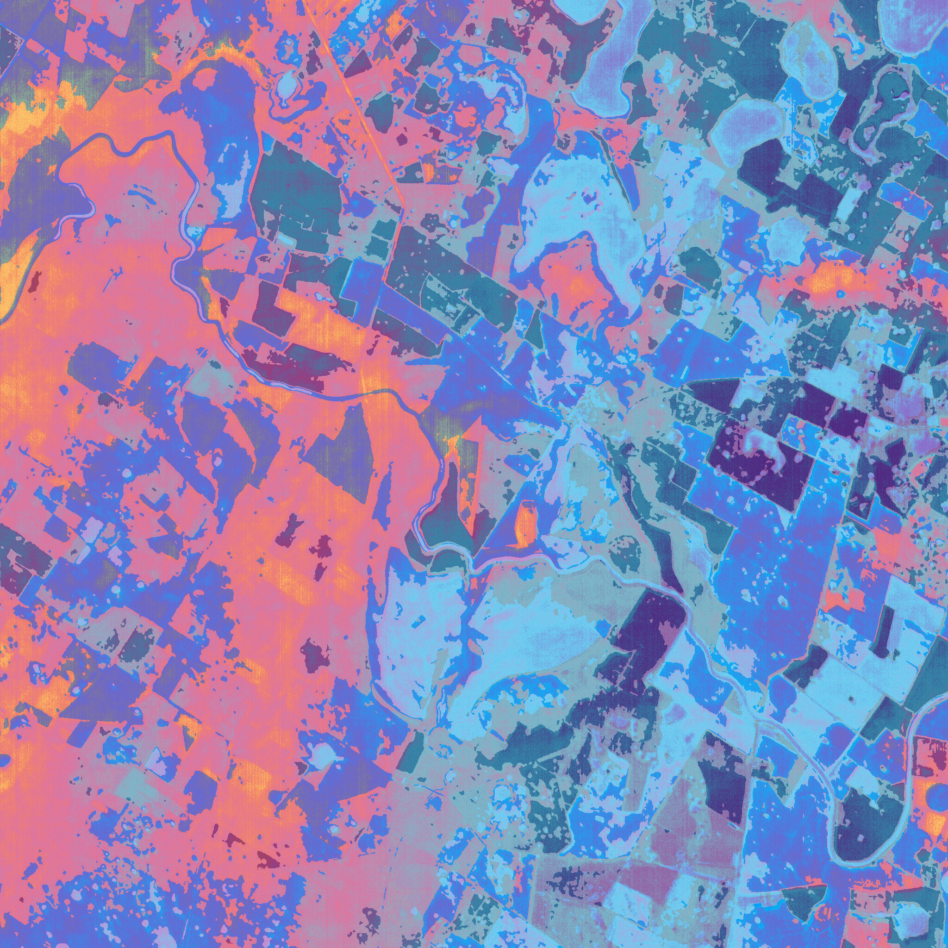Esper Satellites, the Australian hyperspectral imagery startup, will fly its four flagship payloads on Loft Orbital buses after suffering a failure on its first mission, Esper’s CEO Shoaib Iqbal told Payload.
The partnership with Loft Orbital on Esper’s Four Leaf Clover missions will send next-generation hyperspectral imagers to orbit as hosted payloads aboard Loft’s Yet Another Mission (YAM) satellites beginning in early 2026, according to Iqbal.
Esper declined to share the value of the contract with Payload, but said that each satellite was capable of selling $70M worth of imagery each year.
Lesson learned: Esper Satellites has used a few different buses since the company began in 2019.
The company’s first satellite, Over The Rainbow-1, rode aboard the Space Machines’ Optimus satellite in March and was lost shortly after it was deployed on orbit. Its second satellite, OTR-2, is expected to launch in Q1 2025 aboard a Dhruva bus.
Between the failure of OTR-1 and the expected launch of OTR-2, the company had to get creative, using data from spectral imagers already on orbit to bridge the data gap before it launches again.
We’re going to need a bigger bus: The Four Leaf Clover (FLC) missions will require a different kind of provider.
“The [payloads] that we’re launching with Loft are much larger. The form factor itself is closer to a small sat,” Iqbal said. “That means we need a lot more bandwidth—the sensor requires a lot more power, the terminals are a lot more complex—and Loft’s bus was a really good fit for that, especially from the data rates that we’re able to get back.”
The FLC payloads will be able to collect imagery in short-wave infrared and cover a maximum of 45M square km of the planet each year—much more detail than what could be collected by the sensors on Esper’s first two sats.
These hyperspectral imagers will help Esper’s customers to discover and classify minerals from space. They’ll also be able to monitor emissions, detect oil spills, and help mining operations minimize their ecological impact.




